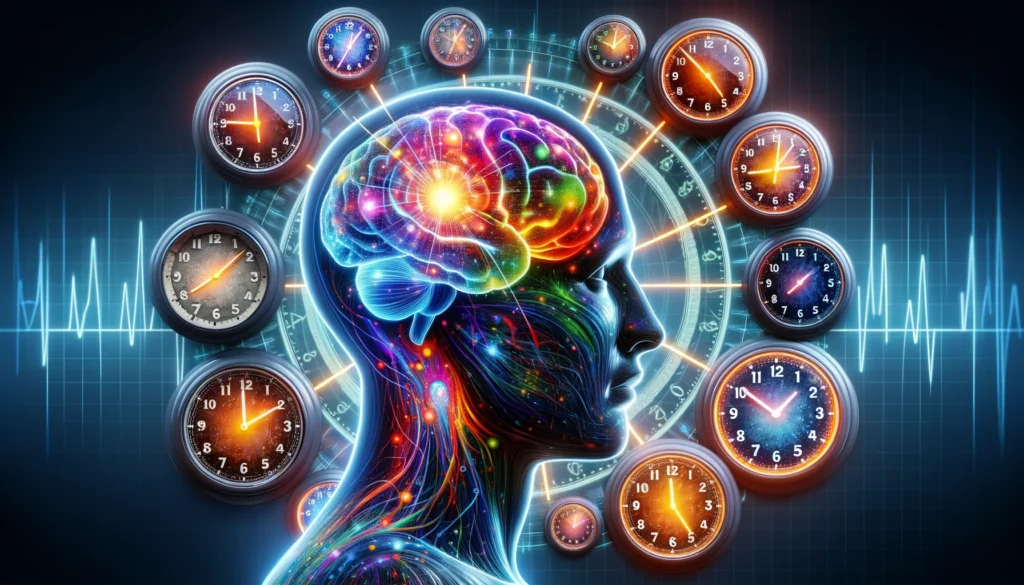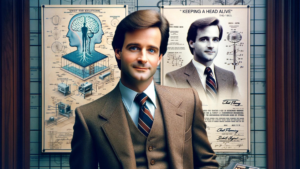Imagine a world where we understand the exact workings behind when we feel sleepy or why at certain times of the day, we’re bursting with energy. On April 30th, 1994, a piece of this complex puzzle was placed when scientists at Northwestern University reported in Science magazine a groundbreaking discovery—a gene in mice that controls the internal “biological clock.” This revelation not only piqued the curiosity of scientists worldwide but also promised new insights into human health and behavior.
What is the Biological Clock?
The term “biological clock” might bring to mind thoughts about aging or reproductive timing, but it also refers to circadian rhythms—the internal processes that regulate our sleep-wake cycle and numerous other bodily functions. These rhythms explain why you tend to feel energized or sleepy around the same time each day, regardless of external factors. Circadian rhythms influence everything from when we sleep to how our metabolism processes nutrients, playing a critical role in our overall well-being.

Historical Background of Research
Long before 1994, scientists had been fascinated with biological clocks, primarily studying simpler organisms like fruit flies. Early research identified genes associated with timing behaviors in these creatures, suggesting that similar genetic mechanisms might exist in mammals, including humans. However, confirming this hypothesis proved challenging due to the complexities of mammalian systems.
The 1994 Discovery
The breakthrough came when researchers focused on a particular gene in mice. Through meticulous experimentation, they observed that alterations in this gene affected the mice’s circadian rhythms, leading them to act out of sync with the natural 24-hour cycle. This was achieved by observing how modified genes affected behavior and physiological responses under different lighting conditions, which mimicked day and night. It was a painstaking process, filled with trials and errors, but the eureka moment came when they pinpointed the exact gene responsible for these time-keeping functions.
Implications of the Discovery
Understanding the genetic basis of the biological clock in mammals opened up vast new areas for research, particularly in medicine. For example, it sheds light on sleep disorders and the health issues related to shift work and jet lag. It also spurred research into how timed medication delivery could optimize treatment efficacy, a field known as chronotherapy. Essentially, knowing more about our biological clocks could lead to better ways to treat diseases, manage mental health, and improve general health outcomes.

Continuing Research and Future Directions
Since the initial discovery, the field of circadian biology has exploded. Researchers have found that these rhythms are not just controlled by a single gene but by complex interactions among multiple genes and the environment. Current studies now also include how these rhythms influence mental health, aging, and chronic conditions like diabetes and heart disease. The potential for future breakthroughs continues to expand, with scientists exploring gene therapy and advanced pharmacology to manipulate biological clocks for better health outcomes.
Conclusion
The 1994 discovery of the biological clock gene in mice was more than just a scientific achievement; it was a gateway into understanding the intricate dance of time within our bodies. As research progresses, the hope is that one day we might have the tools to not only understand but also to adjust our internal clocks for a healthier life.
This journey through time within the very fabric of our biology not only captivates the imagination but also holds the promise of revolutionary approaches to medicine and health care in the future.

Author’s Note:
Thank you for reading this exploration into one of the pivotal discoveries in biological science. Understanding our internal clocks does more than just satisfy scientific curiosity—it has real implications for everyday life. As research continues, we can look forward to new innovations that harness the power of circadian biology to improve our health and well-being.
G.C., Ecosociosphere contributor.
References and Further Reading:
- “Internal Time: Chronotypes, Social Jet Lag, and Why You’re So Tired” by Till Roenneberg – A fascinating exploration of how our internal clocks vary and what that means for our lives and health.
- “The Circadian Code: Lose Weight, Supercharge Your Energy, and Transform Your Health from Morning to Midnight” by Satchin Panda – This book delves into lifestyle changes you can make to optimize your circadian rhythm.
- “Sync: How Order Emerges from Chaos In the Universe, Nature, and Daily Life” by Steven Strogatz – Provides an insightful look into the synchronization in nature, including the human body’s biological clock.




